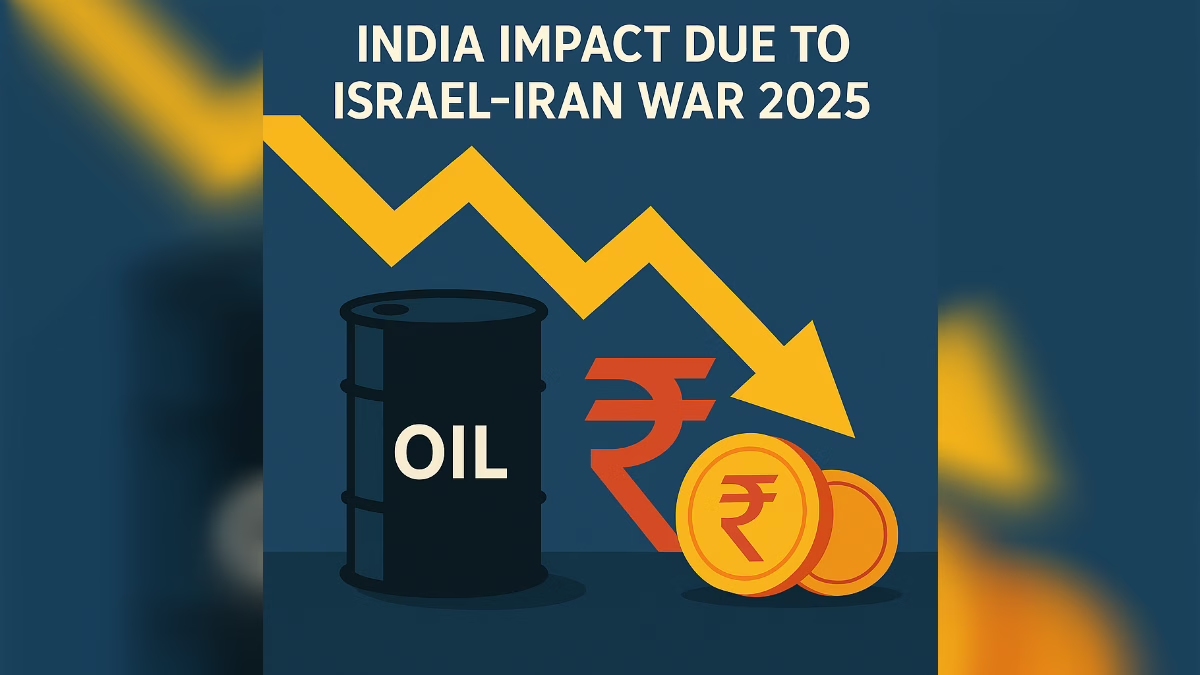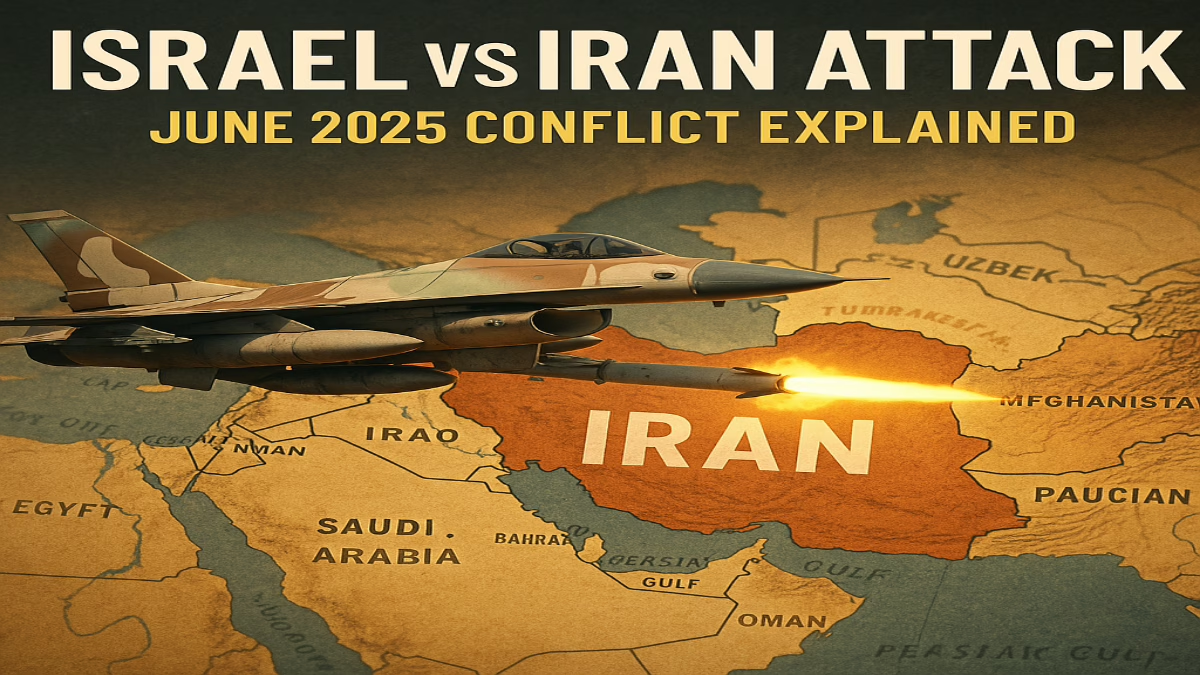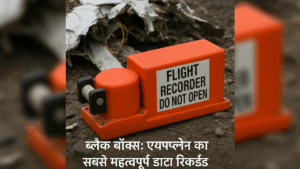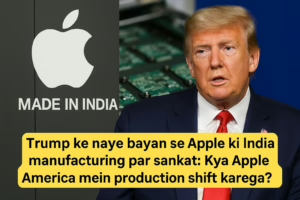Israel-Iran War 2025: How India Is Losing Big and Who’s Gaining the Most
Introduction
The recent military escalations between Israel and Iran in June 2025 have reverberated far beyond the region, rattling global markets and posing new challenges for economies worldwide. For India—a major energy importer and rapidly growing economy—the conflict brings a wave of economic and strategic headwinds. This article explores the multifaceted losses India may face and uncovers the entities and countries positioned to benefit most from this turmoil.
1. Oil Price Surge: India’s Achilles’ Heel
1.1 A Jolt for Energy Imports
After Israeli strikes on Iranian nuclear facilities, Brent crude surged to around $78.50 a barrel—an 8–13% increase in a single day. Considering India imports over 80% of its crude oil, this creates significant pressure on its import bill and fiscal deficit.
1.2 Rupee Under Pressure
As oil prices climbed, the Indian rupee weakened—falling to ₹86.20 per USD, a two-month low. The Reserve Bank of India had to sell USD reserves to arrest the slide. A weaker rupee adds inflationary pressure, hurts consumers, and stifles borrowing and investment.
2. Inflation and Cost-Push Pressures
2.1 Fuel Costs: The Everyday Sting
Fuel drives day-to-day prices in India. With global crude up over 8%, domestic petrol and diesel prices are expected to rise. This creates a ripple effect on transportation, logistics, and food prices.
2.2 Supply Chains Under Strain
Freight rates along the Red Sea and Strait of Hormuz have spiked. India’s trade volumes—especially with West Asia—face delays and higher costs for shipping, affecting manufacturing and exports.
3. Market Sentiment and Investment Flight
3.1 Stocks and Bonds
Domestic markets reacted sharply: Sensex dropped ~1.2%, Nifty 50 slid 1.21%, with energy and airline stocks leading the decline. Investors, wary of instability, are moving toward gold and other safe-haven assets.
3.2 Capital Outflows
Emerging markets like India often see capital flight during geopolitical shocks. Outflows weaken the rupee further and raise borrowing costs, delaying key monetary policy decisions.
4. Strategic Disruptions and Trade Flow Concerns
4.1 Chabahar Ambitions Hit a Snag
India’s ambitious Chabahar port project relied on stable trade through Iran. Renewed hostilities complicate these plans, possibly delaying infrastructure investments intended to connect India with Central Asia.
4.2 Geopolitical Trust and Realignment
India has strengthened its defense ties with Israel, but deepening Israel–Iran tensions may disrupt India’s strategic balancing act and its engagements with Iran-centered trade corridors.
5. Who’s Gaining the Most?
5.1 Russia: Energy and Strategic Leverage
Russia’s economy stands to gain from higher crude prices. With U.S. attention shifting to the Middle East, Moscow may benefit from reduced Western scrutiny on its Ukraine activities.
5.2 U.S. Defense Contractors
Companies like Lockheed Martin and RTX are seeing stock boosts due to rising defense demand. Israel’s military-tech sector is also gaining traction as tensions rise.
5.3 Israeli and Russian Oil Companies
With oil prices soaring, firms in Israel and Russia are earning windfall profits. They’re ramping up exports to Europe and Asia to fill Iran’s gap.
5.4 Indian Diamond Exporters
If Israel’s diamond trade is affected, India’s diamond processing industry may capture a larger global share, especially in the U.S. and E.U. markets.
6. Policy Dilemmas and Macroeconomic Risks
6.1 Current Account Deficit Widening
India’s current account deficit will widen due to rising oil prices, putting further strain on the rupee and economic stability.
6.2 Inflation vs. Growth
Higher fuel prices mean inflation rises. But the government also needs to sustain growth. Cutting excise duties on fuel is one short-term solution, but it leads to reduced tax revenue.
6.3 RBI Currency Intervention
To protect the rupee, RBI is selling foreign reserves. While this may help short-term, it’s not a long-term fix if oil remains expensive.
7. Long-Term Strategic Shifts
7.1 Energy Diversification
India is now buying more crude from Russia and the U.S., and investing heavily in renewable energy to reduce dependence on West Asia.
7.2 Defense and Diplomacy
India must carefully navigate its ties with both Israel and Iran. Strengthening defense partnerships while staying non-aligned diplomatically is crucial.
7.3 Future of Chabahar
India could leverage the situation to demand stronger security guarantees for the Chabahar port and North-South transport corridors from Iran.
Conclusion
The Israel–Iran war in 2025 is already hurting India economically—raising fuel costs, weakening the rupee, and affecting trade. However, nations like Russia and the U.S., and sectors like defense and diamonds, are poised to benefit. India must now focus on diversifying its energy sources, managing inflation, and strengthening its diplomatic strategy in the Middle East.
FAQs
Q1: Will India face long-term loss if oil prices stay high?
A1: Yes. Sustained high oil prices will increase India’s fiscal deficit, hurt the rupee, and strain the economy.
Q2: Could India replace Israel in diamond exports?
A2: Yes, if Israeli supply chains are affected, India could increase its global share.
Q3: Will Chabahar projects be delayed?
A3: Most likely, yes. But India could turn this into an opportunity to renegotiate favorable terms with Iran.
Share this content:









Post Comment